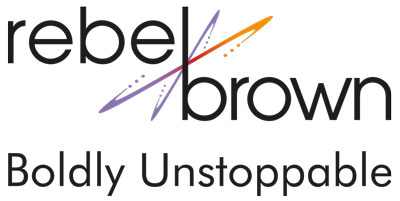Supersize me science is a way marketers are influencing our minds. You know what I mean by super sizing right? Those triple decker hamburgers, super duper boxes of popcorn with butter, family size packs of cereal or cookies?
These portions are supersizing America too, but that’s another story.
Supersizing is, in reality, a scientific method for marketers that sells more product. Here’s why.
SuperSize Me Science
Advertisers and marketers would have us believe the supersize trend is all about discounting and value for families. In fact, supersize me science is compelling people to eat and buy more – of anything.
In a study of movie goers, folks were given bad popcorn (Stale, soggy, terrible) and good popcorn(high quality, fresh) in a combination of small and supersized boxes. The supersize me science study was designed to find out what influenced how much people ate; the quality of the popcorn or the size of the box.
By the way, even the small box was more popcorn than anyone should eat at one sitting. The results?
- People seemed to decide how much to eat based on the size of the box as much as the taste.
- Other studies have shown that doubling the size of a container increases consumption by 30-45%
Supersize me science knows that our unconscious mind is influenced by the environment around the food, more so than the food itself. That’s why companies spend so much time and money on package design, sizes and even the descriptions of the food itself.
The Power of Influence: Beyond SuperSizing
Did you know that the descriptions of the food also impact our decisions about it? A study study showed that people are more tempted to order foods in restaurants when the food has flowery descriptions vs more generic and factual words.
There’s another supersize me science study that shows that people will buy 40-60% more food if they’re shown the actual item on display instead of a menu or flat picture. No wonder we have all the glass cases with tempting morsels in our favorite coffee shops.
We’re even influenced by the very font that presents the menu options. If the font is hard to read, we shy away from the menu. If the font is easy to read, we’re attracted to the menu.
All of these marketing tactics, and so many more, are designed to influence our unconscious minds. Specifically the orbitofrontal cortex and ventromedial prefrontal cortex – which is where our pleasure feelings and warm fuzzies come from. When these parts of the brain are triggered, we feel good about whatever triggered that sensation and are positively motivated.
The Bottom Line
So what’s my point?
Supersize me science, as well as mind science in general has proven that we do not make decisions about food based on the taste. In fact, we don’t even experience the food solely based on taste. We aren’t actually experiencing the reality, we’re experiencing what our minds are selecting as our experience based on factors far beyond the food itself.
Our experiences are created by both the explicit and implicit aspects of our reality.
- Eat a bad meal in a fancy, gorgeous restaurant with a new love? You’ll remember the food with love.
- Eat a great meal in a crappy joint while having an argument with someone? You’ll remember the food as being bad, bad, bad.
The thing is – we don’t make any decisions simply based on the explicit facts in front of us. Our unconscious mind makes a majority of our decisions based on all of the elements in the environment at the point of decision. We even make decisions about purchases, investments, sales and more based on the simplicity of the name, marketing materials and font on the package.
The implications of supersize me science on marketing and sales are tremendous.
Think about how much time you spend focused on creating the perfect product. But do your buyers’ unconscious minds really care? Maybe it’s time to focus on the package instead….
Photo courtesy of FreeDigitalPhotos.net and gubgib
If you want to learn more about the studies mentioned above, check out the work of Brian Wansink.






